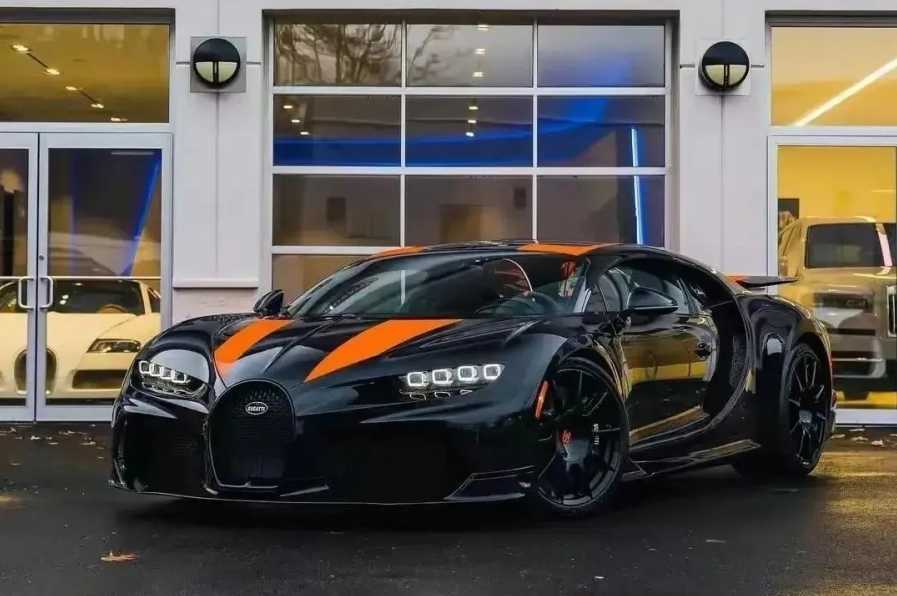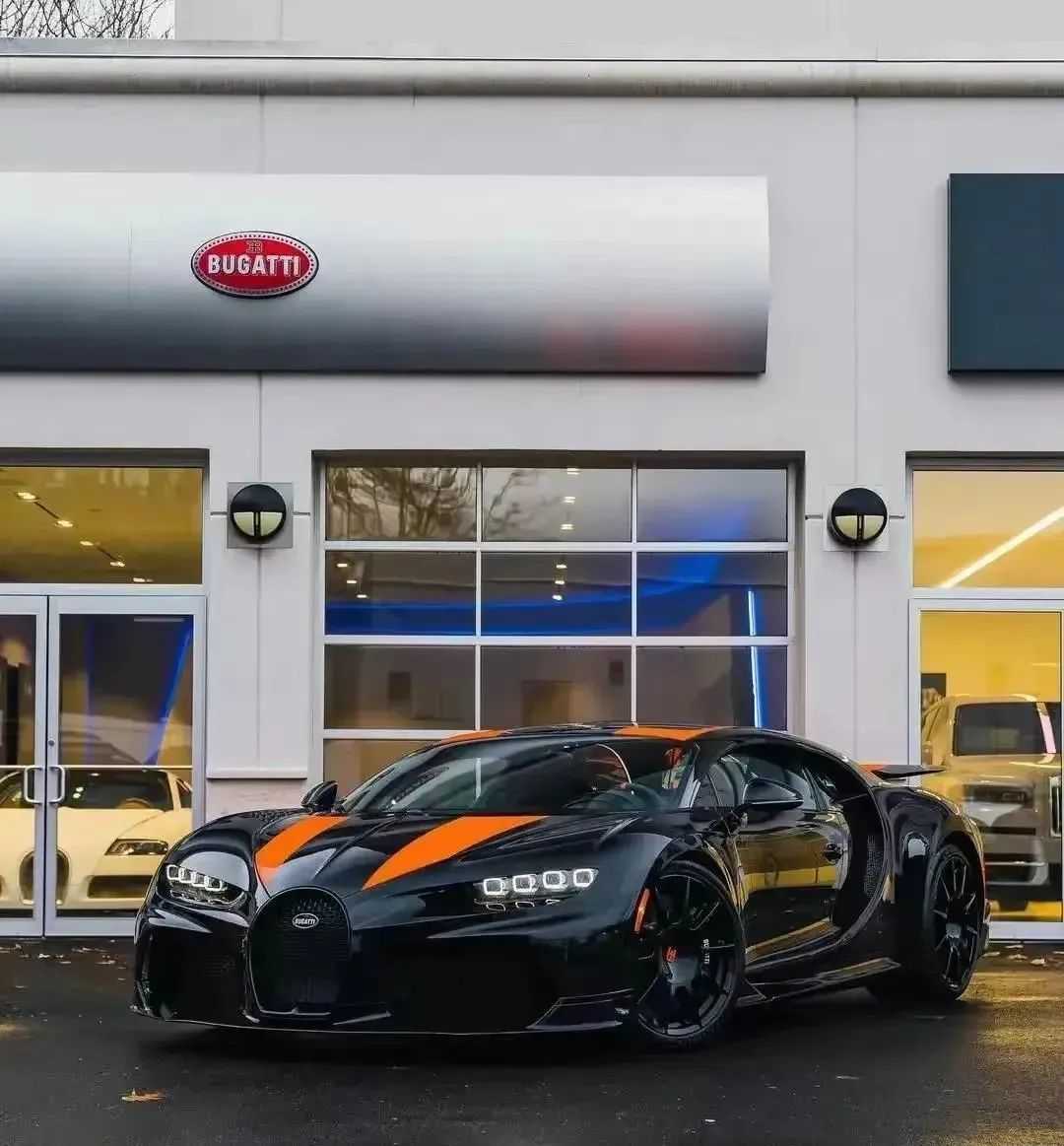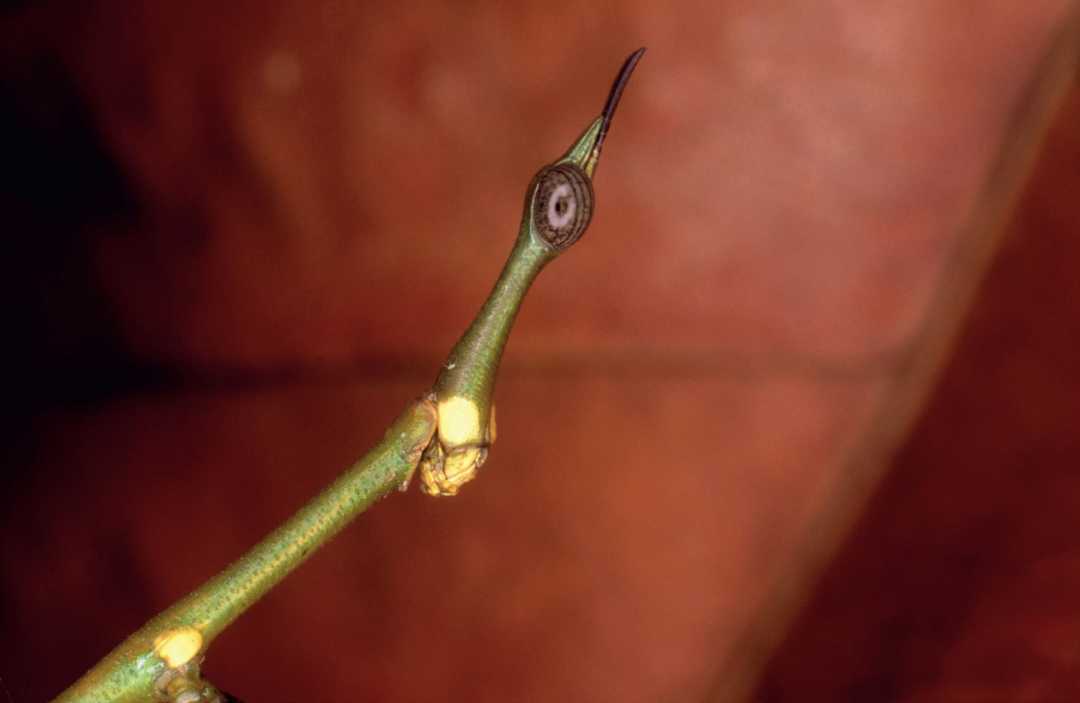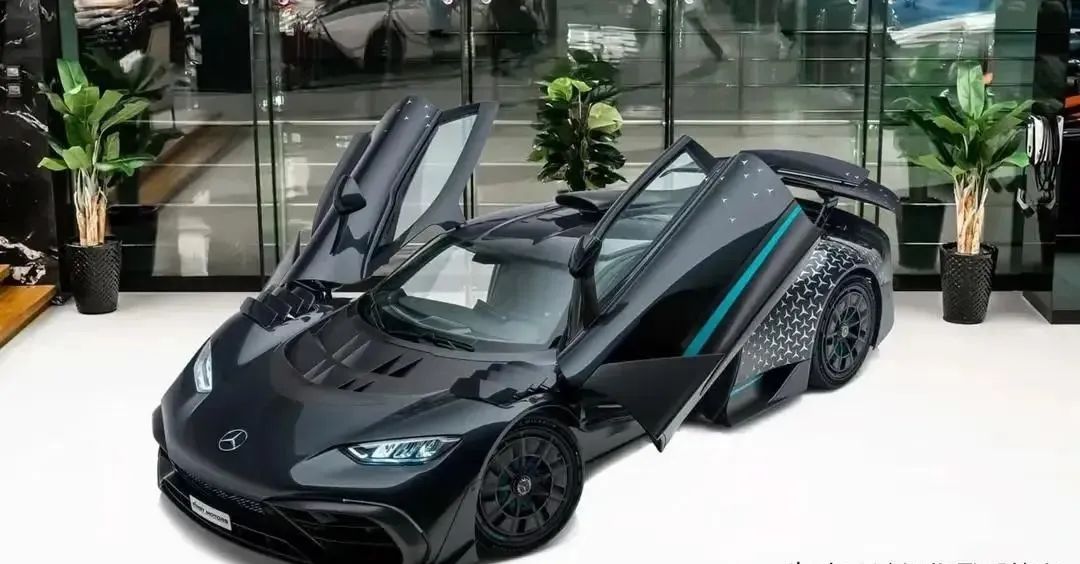Pagani Huayra: The 2011 Masterpiece That Redefines Artistry in Motion
Unveiled in 2011 as Pagani’s second production supercar, the Huayra—named after the Andean wind god—emerges as a rolling symphony of carbon fiber, artisanal craftsmanship, and raw mechanical power. Limited to just 100 units, this hypercar eschews direct rivalry, instead captivating enthusiasts with its unique blend of avant-garde design and AMG-derived performance, proving that true excellence needs no competition.
Source: Images from the Internet, if there is any infringement, please contact the removal of
Beneath its sculpted, aerodynamically optimized body lies a 6.0-liter twin-turbocharged V12 engine, handbuilt by AMG to deliver 730 horsepower and a thunderous 1,000 Nm of torque. Mated to Pagani’s proprietary seven-speed sequential transmission, the Huayra rockets from 0-62 mph in 3.2 seconds, hits a top speed of 230 mph (370 km/h), and channels power through a rear-wheel-drive system. The V12’s deep growl, augmented by turbochargers, creates an exhaust note that’s both menacing and melodic, while the transmission’s lightning-fast shifts ensure every throttle input feels instantaneous.
Pagani’s obsession with weight savings and aesthetics is evident in every detail. The Huayra’s monocoque and body panels are crafted from Carbo-Titanium, a proprietary composite that combines carbon fiber with titanium for unmatched strength and lightness (curb weight: 1,350 kg). Active aerodynamics—including four adaptive flaps on the body—adjust in real-time to generate up to 600 kg of downforce at high speeds, ensuring stability without compromising the car’s sleek lines. Inside, the cabin is a fusion of luxury and motorsport: hand-stitched leather, milled-aluminum controls, and a digital dashboard coexist with carbon-fiber bucket seats, creating an environment that’s both opulent and driver-focused.
What sets the Huayra apart is its poetic approach to engineering. Every bolt, every air intake, and every curve is designed with both function and form in mind, blurring the line between supercar and sculpture. Even the door hinges are works of art, machined from solid aluminum to resemble butterfly wings. Though it lacks the headline-grabbing numbers of some rivals, the Huayra’s balance of performance, craftsmanship, and exclusivity has made it a modern classic. For the 100 fortunate owners, it’s more than a car; it’s a rolling testament to Horacio Pagani’s vision—where engineering precision and artistic passion converge to create a machine that’s as captivating to behold as it is exhilarating to drive.








